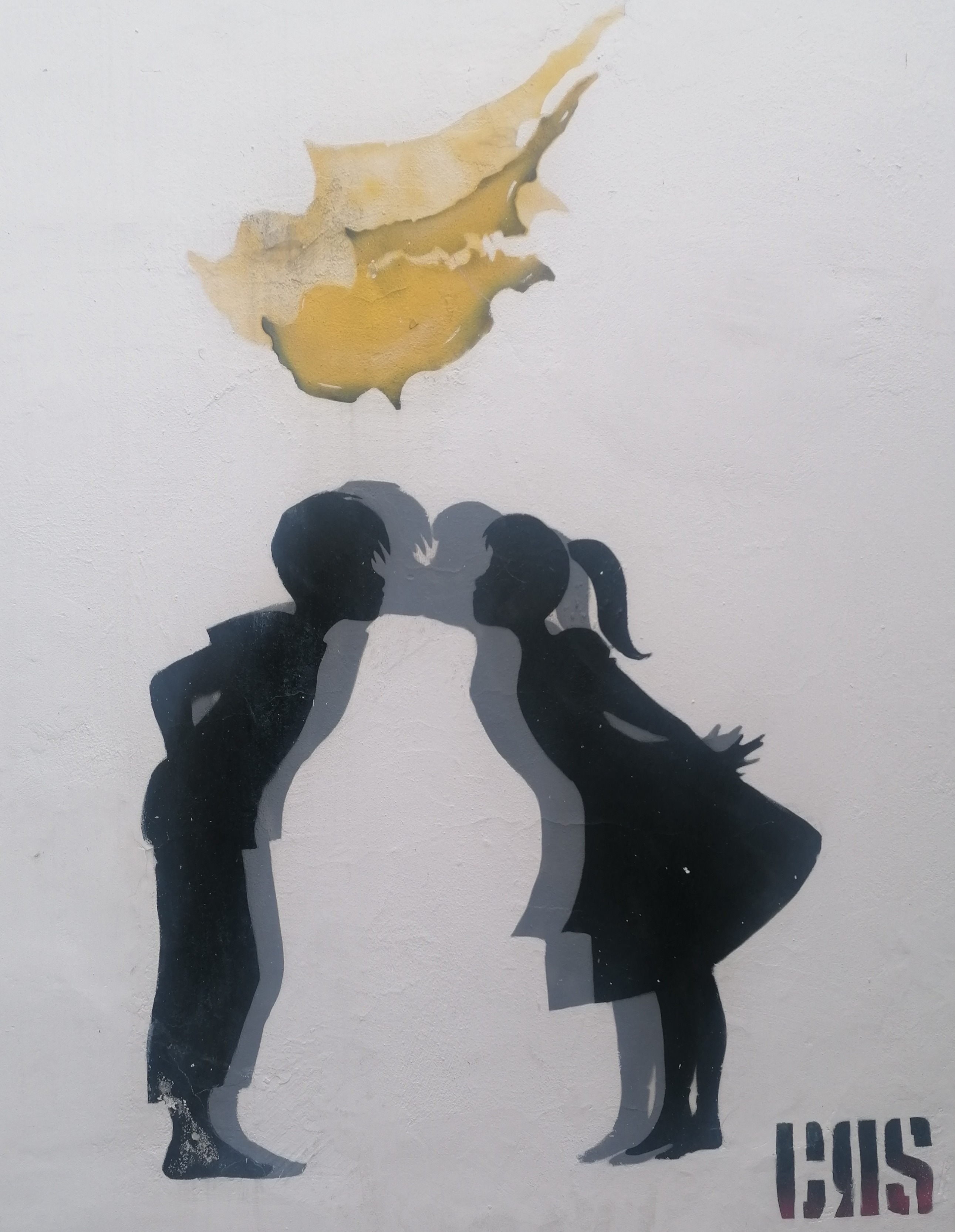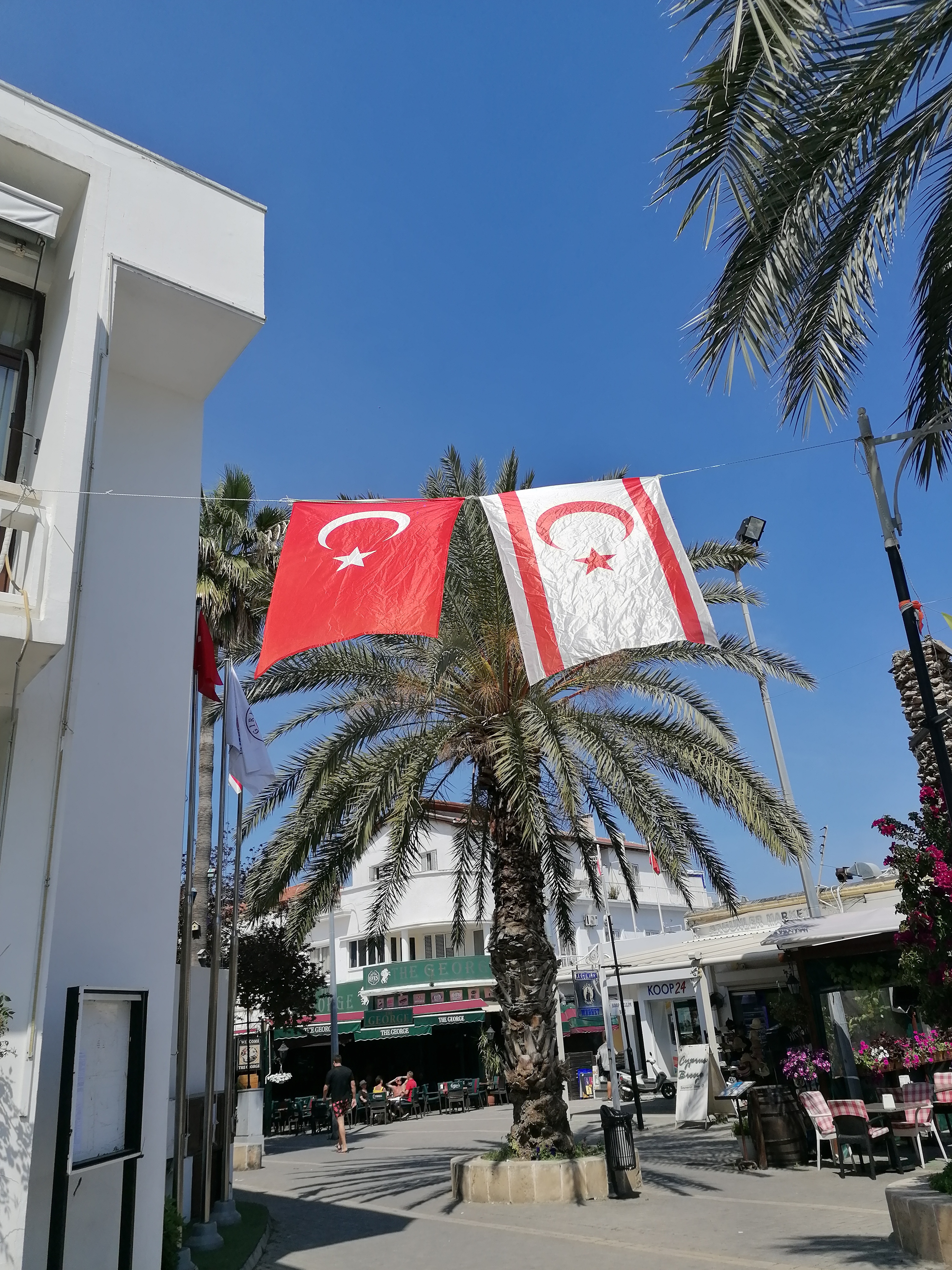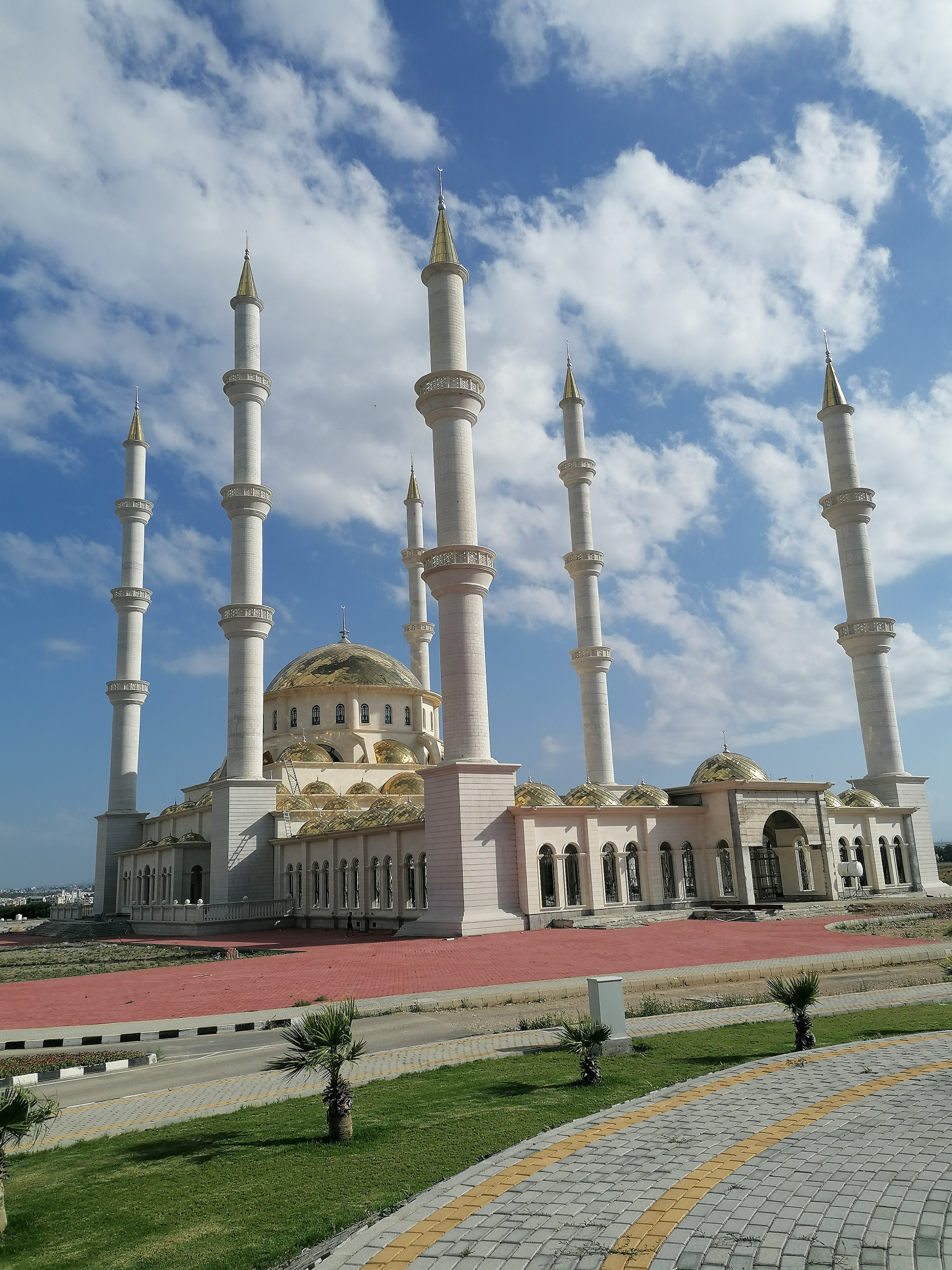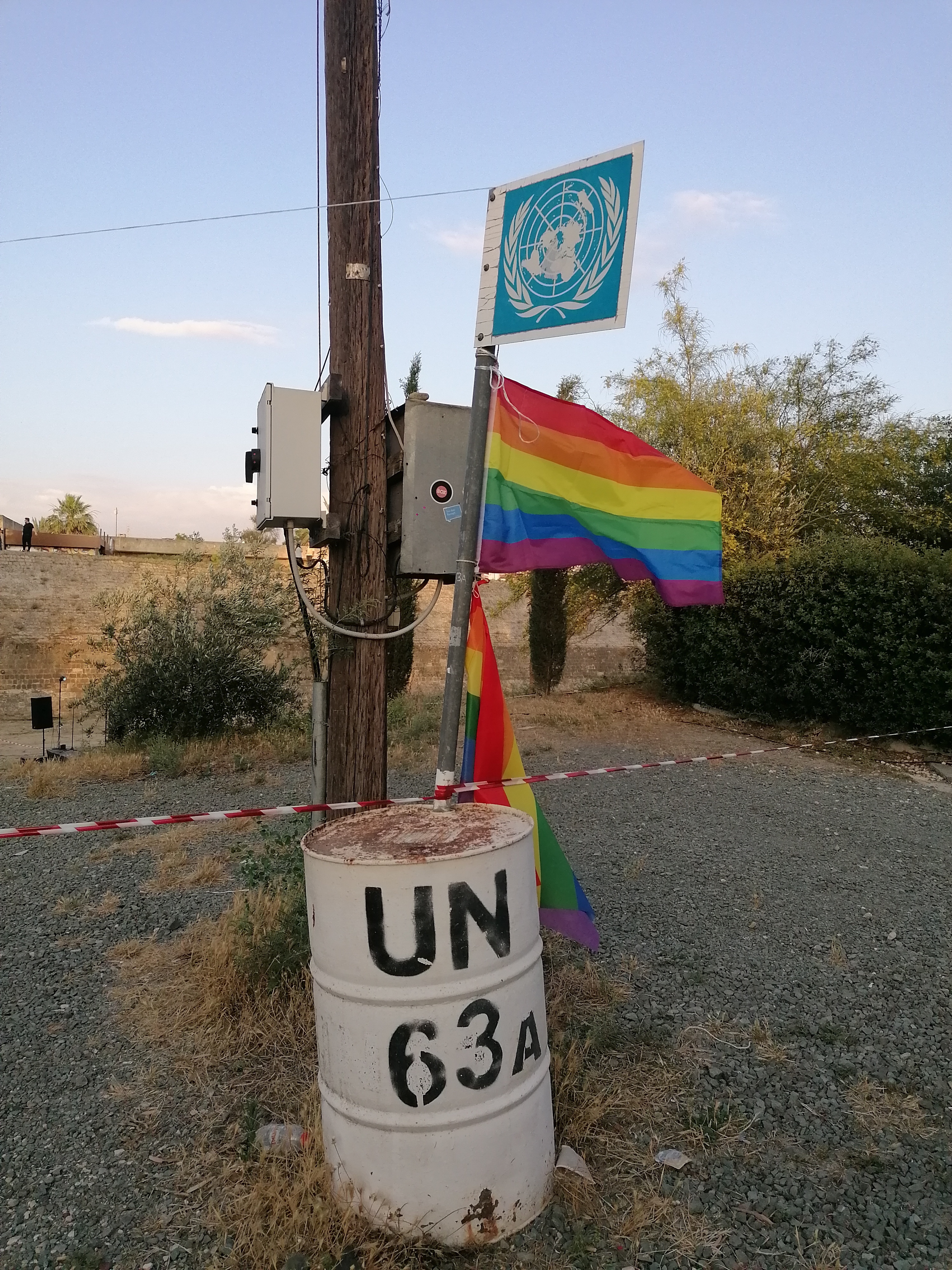The other face of Cyprus: the silent decline of the Turkish Cypriot community

Table of Contents
Overview
Cyprus, the island where, according to myth, the goddess Aphrodite was born, is often primarily known as a tourist destination. However, behind its Mediterranean beauty lies a complex history. The population of this land consists predominantly of two communities: Greek Cypriots, who form the majority, and Turkish Cypriots. Since Turkey's military intervention in 1974, which later turned into occupation, the island has been divided into two States. In the South is the Republic of Cyprus (RoC), recognized by the international community, while in the North is the Turkish Republic of Northern Cyprus (TRNC), a self-declared State recognized only by Turkey, where most Turkish Cypriots reside. While the geopolitical history of Cyprus is well-documented, this article focuses on the lesser-known decline of the Turkish Cypriot community following the island’s division. This decline stems from two primary factors. The first, and most significant, is Turkey's policies on the island, which seem aimed at culturally assimilating Turkish Cypriots. The second is the Republic of Cyprus' Citizenship Law, which does not grant citizenship to children of marriages between Turkish Cypriots and Turks if the Turkish parent entered the island illegally, that is, through TRNC ports. The article will also emphasize the resilience of the Turkish Cypriot community, which in the deafening silence accompanying this decline, has never stopped fighting for its existence by reminding the world that “We Existed, We Do, and We Will!”.
Historical background
Cyprus has a rich history, having been part of various kingdoms and empires and home to diverse peoples, most notably the Greeks and the Ottomans, who are likely the ancestors of the Greek Cypriots and Turkish Cypriots, respectively. For centuries, these two communities coexisted peacefully until the island officially became part of the British Empire in 1914. London applied here a strategy common to the other colonies, the Divide and Rule, introducing reforms, particularly in the education system, aimed at creating divisions between the two Cypriot communities, who began to get closer to Greece and Turkey, considered their mother-nations. This led them to identify themselves as Greeks and Turks and, just like these two peoples, to see each other as enemies. During this period pro-enosis nationalism, defined as an ethnic nationalism seeking the unification of Cyprus with Greece, began to gain significant popularity among Greek Cypriots. This led to the formation of EOKA, an armed group that clashed with both the British, aiming to compel their withdrawal from the island, and the Turkish Cypriots, due to their opposition to the annexation. Ironically, the British strategy to retain control backfired, resulting in a wave of violence that forced London to grant Cyprus independence in 1960.
Although the new Constitution sought a balance of power between the two communities, the desire for enosis remained strong among Greek Cypriots. In 1963, EOKA launched renewed attacks on both Turkish Cypriots and Greek Cypriots who opposed the annexation dream. The situation briefly stabilized in 1964 when the United Nations established a peacekeeping mission (UNFICYP), which continues to operate today. The political landscape changed again in 1967 with the rise of the military junta in Greece, which was determined to annex Cyprus. On 15 July 1974, a coup led by the Greek Cypriot terrorist Nikos Sampson, with the support of Athen, overthrew the Cypriot government. However, the nationalist victory was short-lived, as Turkey intervened, claiming to restore constitutional order and protect the Turkish Cypriots. Instead, Ankara took control of the Northern part of the island, occupying around 36% of the territory, and halted its advance on 18 August 1974. The military intervention caused a dramatic forced displacement of the population, with 170,000 Greek Cypriots fleeing to the South and 50,000 Turkish Cypriots to the North. In 1983, the Turkish Cypriot administration unilaterally declared independence and created a new State: the TRNC. This marked the beginning of a difficult coexistence that continues to this day, characterized by ups and downs and unsuccessful attempts at reunification.
In the Wolf’s Mouth: the Turkification of the TRNC

The Turkish Cypriot community has always suffered from its minority position in comparison to Greek Cypriots and living in an unrecognized State has put them even more in the background. With the end of Cyprus' territorial integrity, the intercommunal violence also ended. Still, the Turkish Cypriots faced another threat to their existence, this time from Turkey. Hiding behind the excuse of being the protector nation, Ankara has started to increasingly meddle in Turkish Cypriot society, implementing policies seemingly aimed at erasing the community’s unique Cypriot identity, in favor of aligning it more closely with Turkish culture, potentially with a perspective of future annexation. This last point would also seem to be confirmed by Turkish President Erdoğan’s insistence on the two-state solution, based on the recognition of the TRNC and the definitive division of the island. North Cyprus’s President Ersin Tatar, who has close ties with Turkey and whose election was criticized due to alleged Turkish interference, also adamantly supports this position.
Looking deeper at the Turkey strategy, one of the most controversial issues is the incentives for Turkish migration to the TRNC, which Ankara has implemented since the beginning of the occupation and facilitated by a lax TRNC citizenship law. This significant transfer of people has led Turkey to be accused of colonization and violation of international law. Exacerbating the situation is the TRNC authorities' refusal to conduct a population census, which has been stalled since 2011. The reason behind this refusal can be elucidated by analyzing past censuses' data. The data demonstrate a significant growth in the population, which, however, does not concern Turkish Cypriots, whose numbers are declining. Instead, the increase is among Turkish nationals and citizens from third countries. Consequently, Turkish immigrants are now likely to outnumber Turkish Cypriots, a possibility that would confirm Turkish Cypriots' fears that they are becoming a minority in their own country.
In addition to these demographic changes, the Turkish hand is also trying to modify the cultural and religious aspects of Turkish Cypriots. Historically considered Muslim but in reality largely non-believing or non-practicing, unlike the Turks, Turkish Cypriots have always opposed the influence of religion. Hence the Turkish effort has focused on changing this, through the construction of a large number of mosques, the introduction of Quranic courses, and changes in schoolbooks to include explicit references to Islam, causing numerous protests and accusations of cultural assimilation.

Ankara also opposes the use of the Turkish Cypriot dialect, which is considered a fundamental part of the history and identity of this community, being composed of Italian, Greek, Arabic, and English words, showing all the influences received throughout their existence. However, Turkey deems this dialect incorrect and rural and has therefore banned its teaching and use in mainstream media, replacing it with Standard Turkish.
These demographic, cultural, and linguistic pressures are gradually eroding the unique identity of the Turkish Cypriot community, aligning it increasingly with Turkish society. In the long run, this process risks the disappearance of the Turkish Cypriot community as we know it today.
The controversial Citizenship Law of the Republic of Cyprus
Another key factor contributing to the decline of the Turkish Cypriots is the controversial Citizenship law of the Republic of Cyprus. Although Turkish Cypriots hold Republic of Cyprus citizenship, this right does not extend to children born to mixed couples, where one parent is a Turkish Cypriot, and the other is a Turk (or from another non-EU country) who entered the island illegally from the North. Paradoxically, these children, born and raised in Cyprus with a Turkish Cypriot parent, are not considered legally Cypriot, since the only citizenship they can apply for is the one of the non-Cypriot parent. This issue is directly linked to the demographic one, as the number of Turks on the island is likely to exceed the number of Turkish Cypriots, and this trend is expected to grow. It can be reasonably assumed that the number of mixed marriages will also increase, as well as the number of children who are not entitled to Cypriot citizenship. Consequently, the number of individuals holding only Turkish nationality will increase, while the number of Turkish Cypriots will decrease, contributing to the latter's numerical decline.
In addition, the law has a discriminatory element, as it would create first-class and second-class citizens. The children of mixed marriages are not European citizens and consequently do not enjoy freedom of movement or the opportunity to study in European universities without paying high international fees. On top of that, they suffer the prejudice of Greek Cypriot nationalists, who view them as the illegitimate fruit of the Turkish occupation.
The issue of citizenship was also brought before the international community, notably at the last and penultimate Cyprus UPR sessions.
Stopping the decline: from Cypriot activism to reunification

In the face of this situation, Turkish Cypriots are not passive subjects, as they have never been throughout their history. Through demonstrations, social media campaigns, NGO reports, and journalistic investigations, Turkish Cypriots are actively denouncing both Turkish interference and the Citizenship Law. Activism is a vital tool for urging the Cypriot government and the international community to take meaningful action on these issues. Notably, this advocacy often unites young Greek and Turkish Cypriots, proving that the days of hostility and violence are behind them, and reminding us that the Cypriot people have always been one.
Beyond the Cypriots' efforts, the clearest solution to solve the problem of the Turkish Cypriot decline is to end Cyprus’s division by establishing a federal State with balanced power-sharing between the two communities. For the new State to function and not fail as in the past, it must be built on the Cypriot identity shared by both groups, while bridging the language divide through the teaching of both languages. At the same time, it will be crucial to preserve the cultural uniqueness of each community. Education reform will also be necessary, including the depoliticization of schoolbooks, which are still too tied to pro-Greece and pro-Turkey narratives. Finally, the withdrawal of foreign powers from the island would be essential to ensure sovereignty and stability.
The reunification would end the Turkish interference and probably push the new Cypriot government to amend the Citizenship Law.
Conclusions
The Turkish Cypriot community has always had to fight for its existence. If in the past the threats were the clear violence of the nationalists, now these are more subtle, hidden behind false Turkish benevolence and the remnants of the hatred that the Greek Cypriot institutions continue to carry from the division. The most problematic aspect is perhaps the immobility of the international community, which has never addressed the problem concretely, despite the complaints of both communities. In all this, the Turkish Cypriots do not stand silently in the face of their decline but they are making their voices heard, supported also by their Greek-speaking compatriots, proving that no wall lasts forever.
Now, it is also up to us to listen to them.

